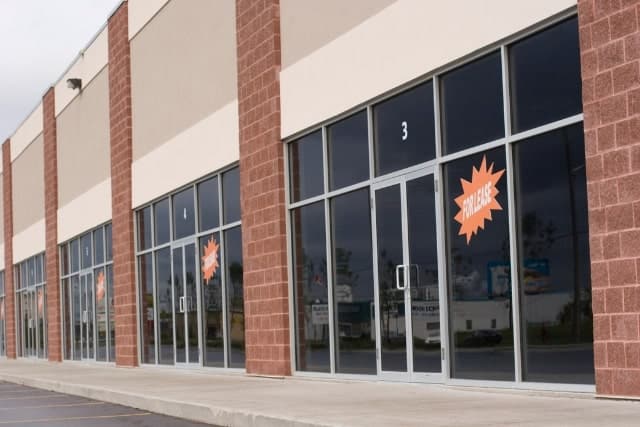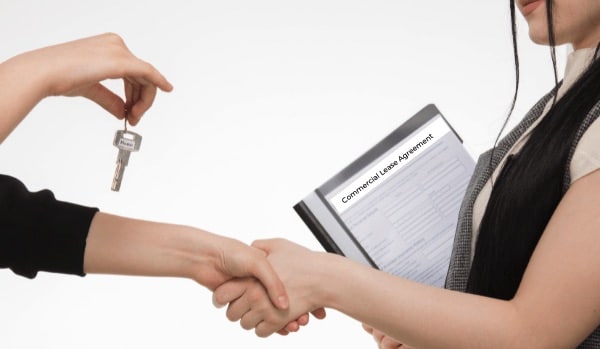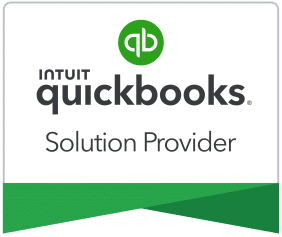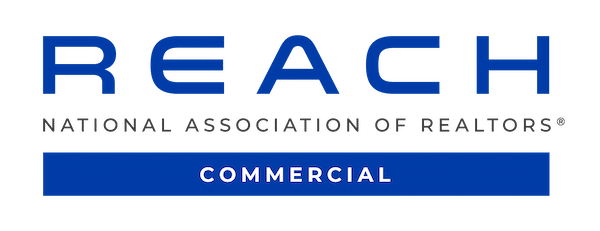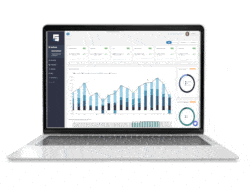Most commercial leases include Common Area Maintenance (CAM) expenses. This means that you must complete CAM reconciliation at least annually.
To manage CAM reconciliation through QuickBooks, we recommend clearly separating your expenses. Divide them into the accounts that are to be reimbursed through CAM reconciliation and those that are overhead-related expenses. Use these accounts to track expenses throughout the year.
This helps you calculate and distribute CAM expenses to tenants based on their pro rata share. You can improve this using QuickBooks’ custom fields to add tenant information for CAM calculations. Regularly review and reconcile the CAM accounts to ensure everything is accurate.
However, another option automates this process, and you can still continue to use QuickBooks. You can do this by integrating your QuickBooks account with STRATAFOLIO commercial property management software solution. But first, let’s discuss what CAM is.
What Does CAM usually include?
What exactly CAM includes varies from lease agreement to lease agreement. But generally, CAM charges are shared costs by tenants for communal indoor and outdoor spaces. The indoor spaces commonly include hallways, lobbies, public restrooms, and elevators. Outdoor spaces may be parking lots, open green spaces, sidewalks, and even public signage areas.
In most cases, tenants pay CAM fees based on their square-footage portion of the property, which is also known as their pro-rata percentage or share. Pro-rata in commercial real estate means that if the tenant takes up 50% of the building, they are responsible for 50% of all the expenses.
Then, once a year, management must reconcile what they have billed the tenant to cover their CAM estimate against the actual expenses incurred. The difference results in either a credit to the tenant or an additional payment the tenant must make. It is important to clearly document this difference to avoid confusion and disputes.
Save Time Using STRATAFOLIO to do your Next CAM Reconciliation
To complete the CAM reconciliation process, you must clearly identify the costs associated with your common area maintenance. We address this topic in-depth when we talk about setting up a good chart of accounts (COA) for your commercial real estate. You must separate your overhead costs from your recovery costs so your CAM process is clean and goes smoothly.
The space you occupy as the owner or manager likely has utility expenses. Those utility expenses are applied to overhead expenses. The tenant has no responsibility for covering those costs, at least directly.
However, the space the tenant actually occupies also uses utilities. We refer to the utilities the tenant uses as a reimbursable expense, meaning that the landlord or owner should be reimbursed or should be able to recover those specific expenses from the tenant. The process of determining and tracking reimbursable expenses can be extremely time consuming to do by hand, but STRATAFOLIO allows you to reconcile in a single click.
Once STRATAFOLIO connects to each of your company QuickBooks companies, we map the expenses. Once this mapping is complete, we can see how each reimbursable expense is tracking against every tenant’s actual expenses.
Then, at the end of the year, when it’s time to do CAM reconciliation, it’s a fast process to pull a report that can be shared with your tenant. The pro-rata percentage is already calculated. The entire process literally takes seconds.
The resulting report out of STRATAFOLIO can be emailed to your tenant. STRATAFOLIO automates the entire CAM process, making your life much easier. It also makes you much more likely to recover all the expenses.
How Else Can STRATAFOLIO Help Commercial Real Estate Owners?
CAM reconciliation isn’t the end of the story. Owners of commercial properties have many financial tasks to handle between all their tenants and buildings. By integrating with QuickBooks, here are just a few of the activities that STRATAFOLIO can help you with:
- Management of lease escalations
- Complete collection of all your assets in one spot
- A centralized hub of leases and loans
- Alerts for lease expirations and other important activities
- Tracking work orders
- And so much more
To streamline your processes, get started by learning how to set up everything you need in QuickBooks. Then, integrate your account with STRATAFOLIO to maximize automation and efficiency while saving time and avoiding errors. From the beginning, all the information you need for successful CAM reconciliation (and all your other financial needs) will be in one convenient location.
Schedule a demo!
CAM reconciliation is essential for property owners and managers, as it ensures financial accuracy, transparency, and fairness in managing shared spaces. You can significantly reduce the risk of errors and disputes by meticulously following each step in the reconciliation process. It is important to pay close attention to everything from data collection and CAM cost allocation to reconciliation preparation and final adjustments.
Are you ready to optimize your CAM reconciliation process? Reach out to STRATAFOLIO to learn how you can automate your CAM reconciliation process while still using QuickBooks.

